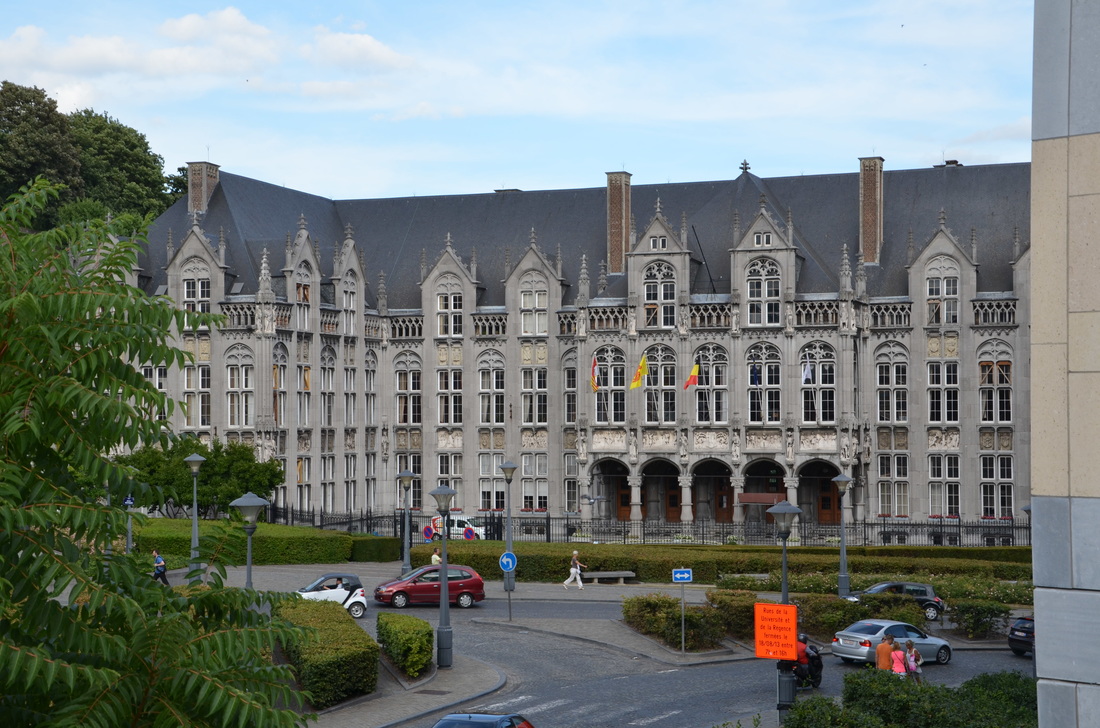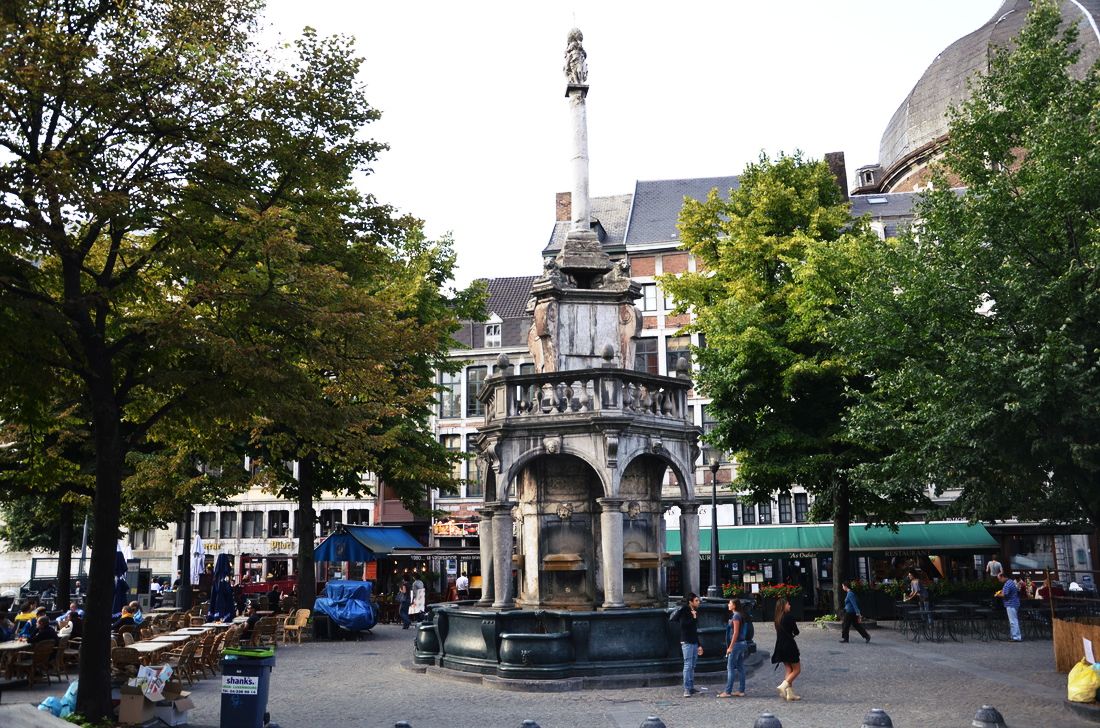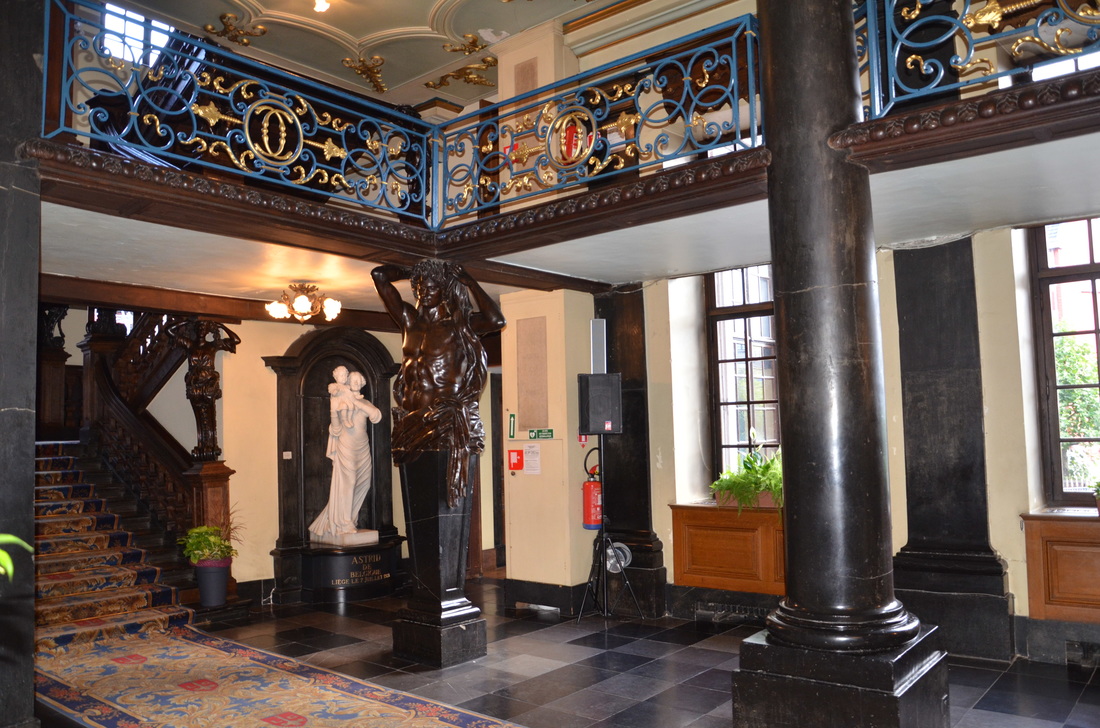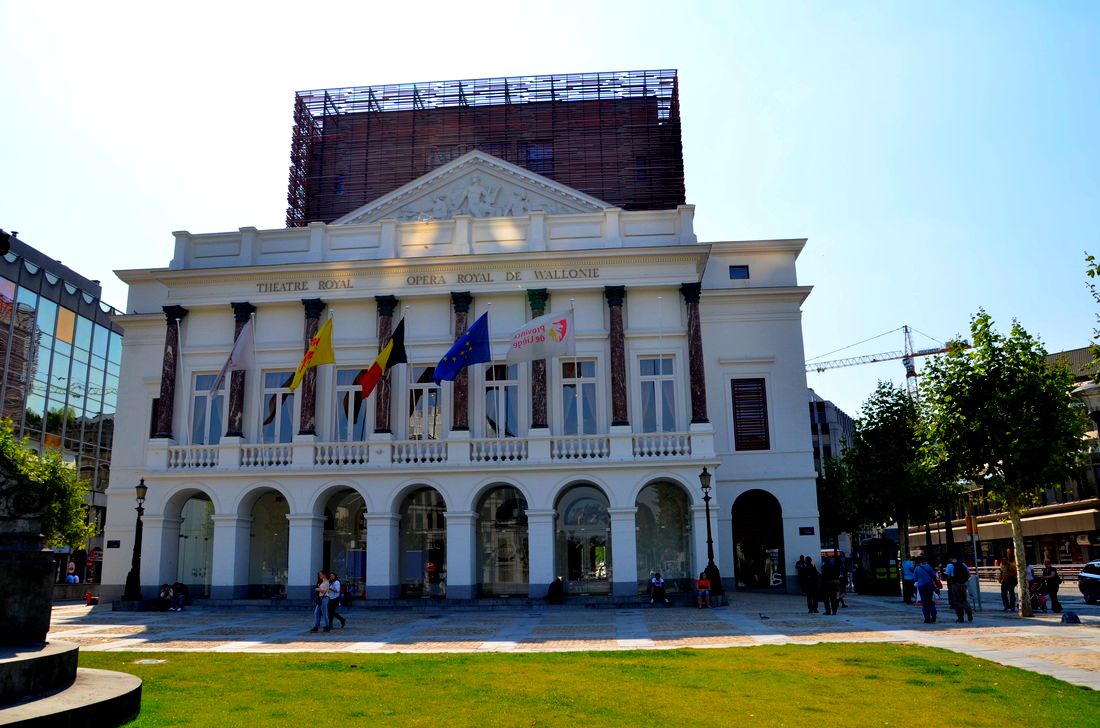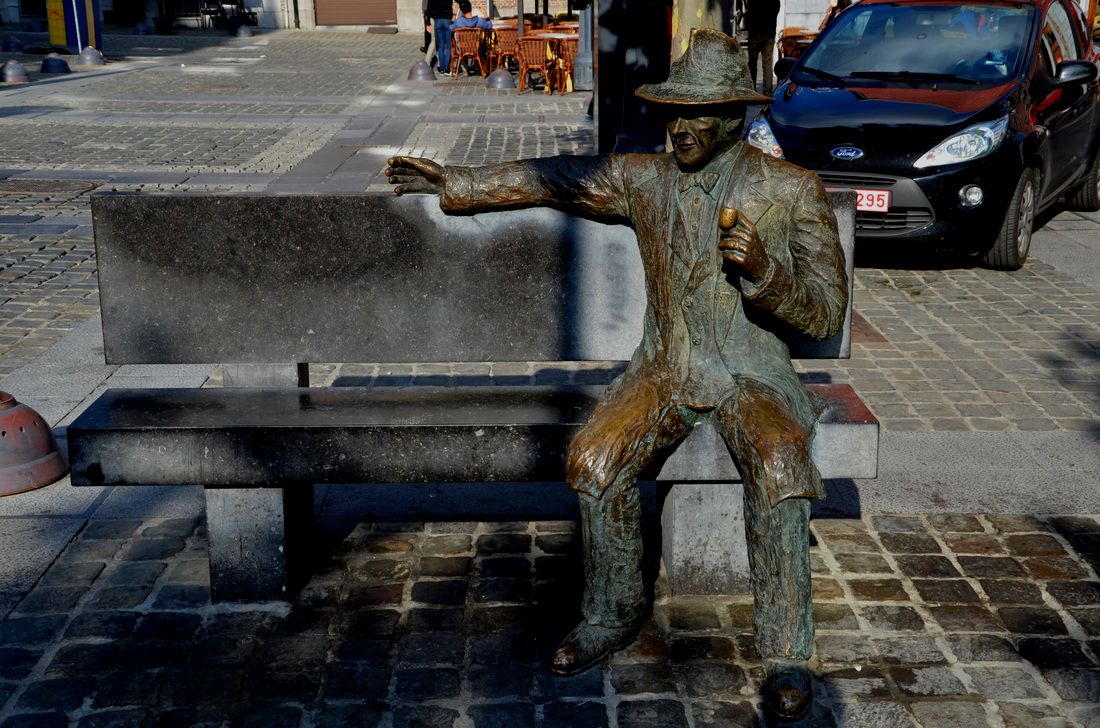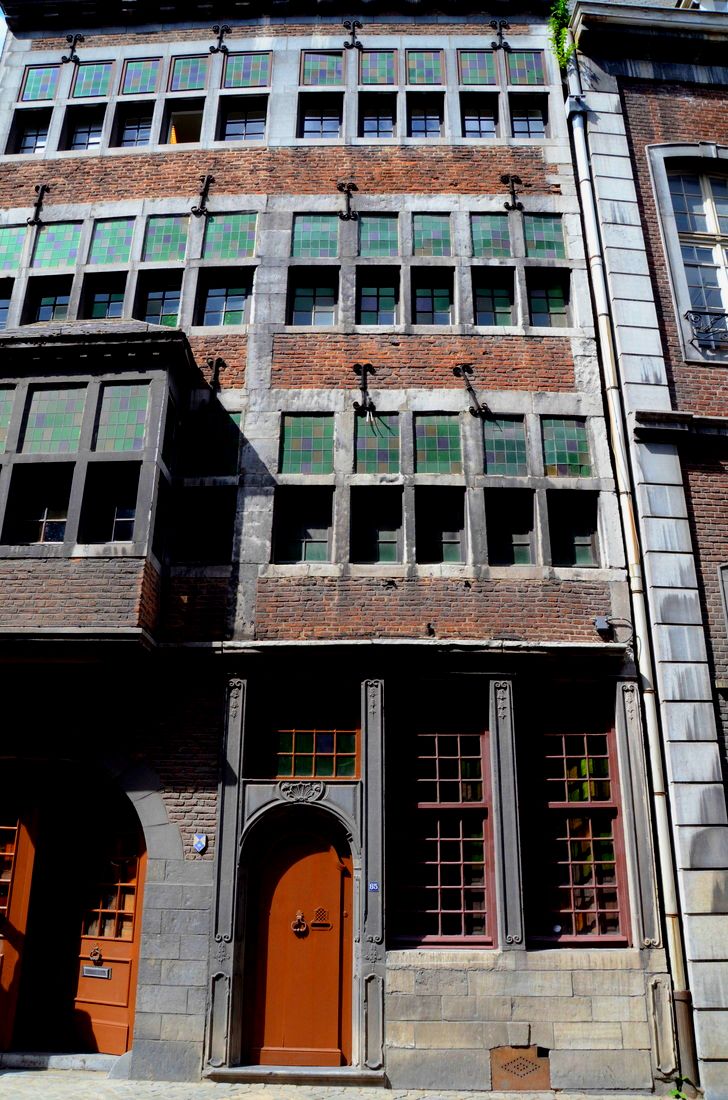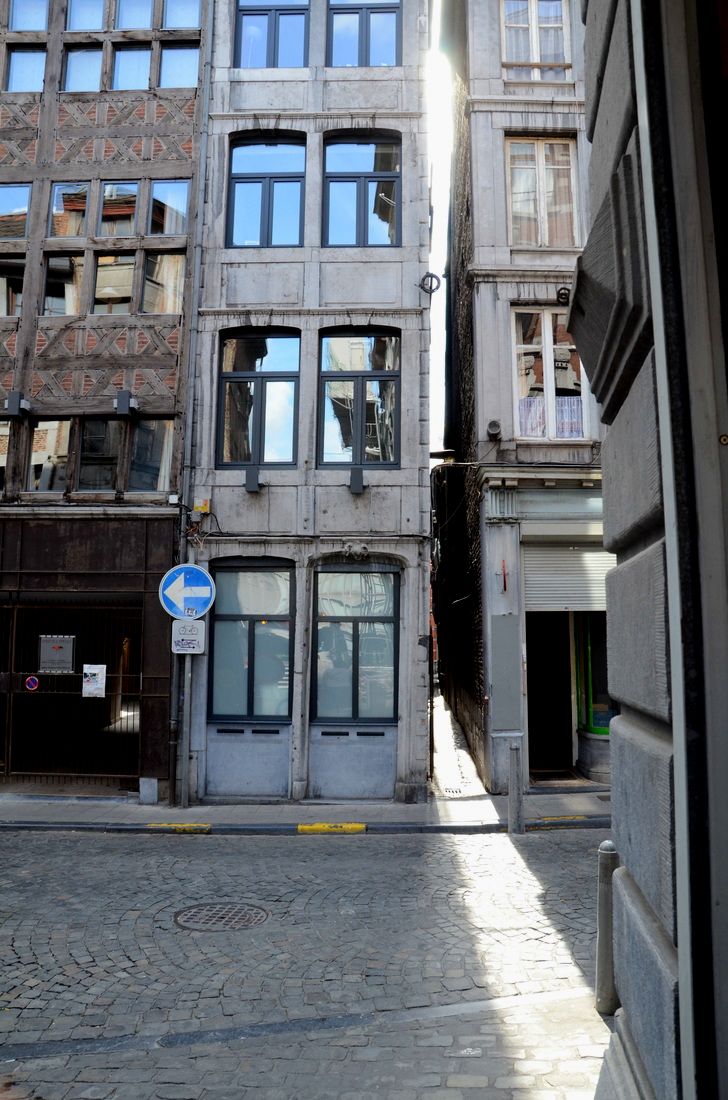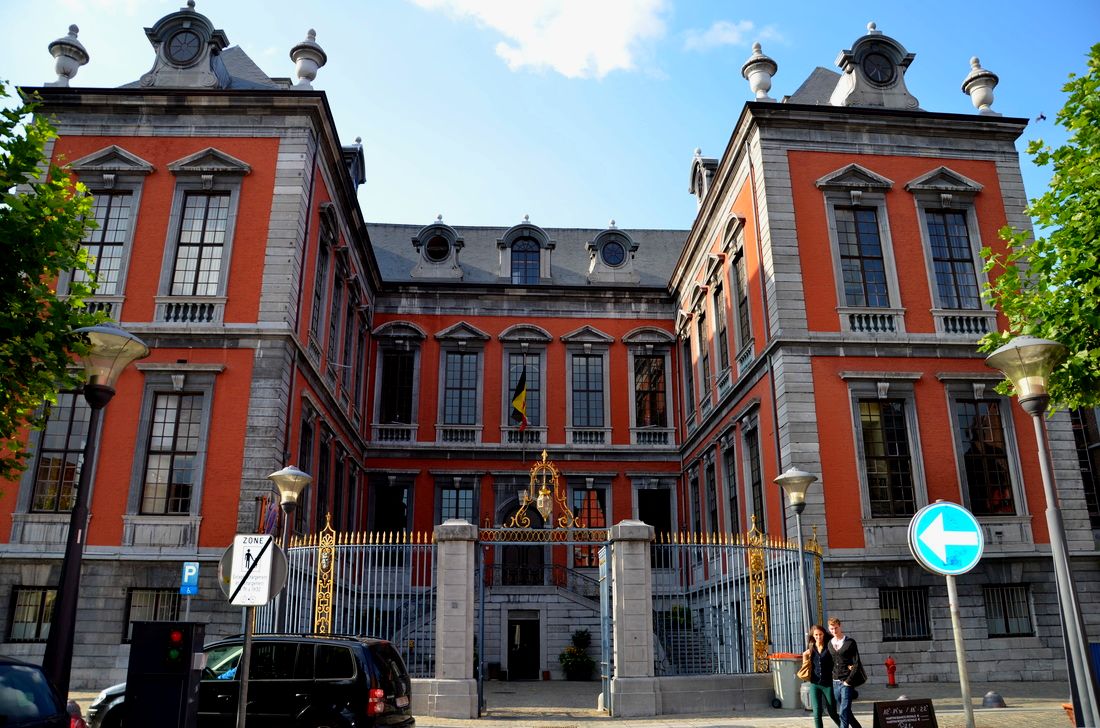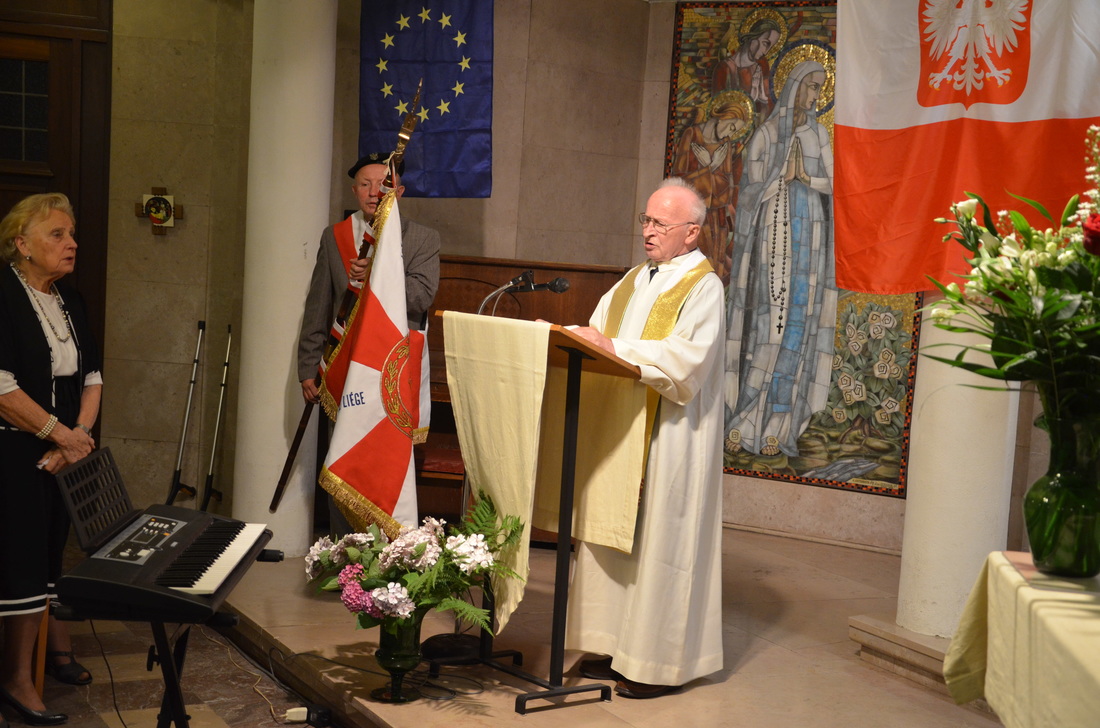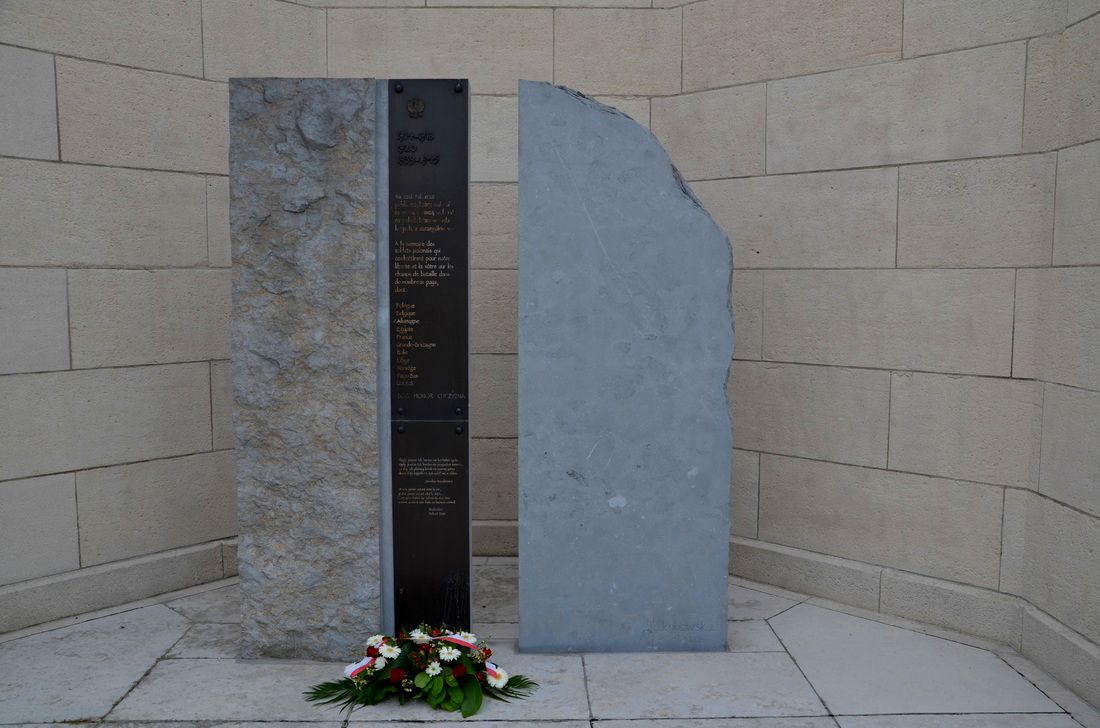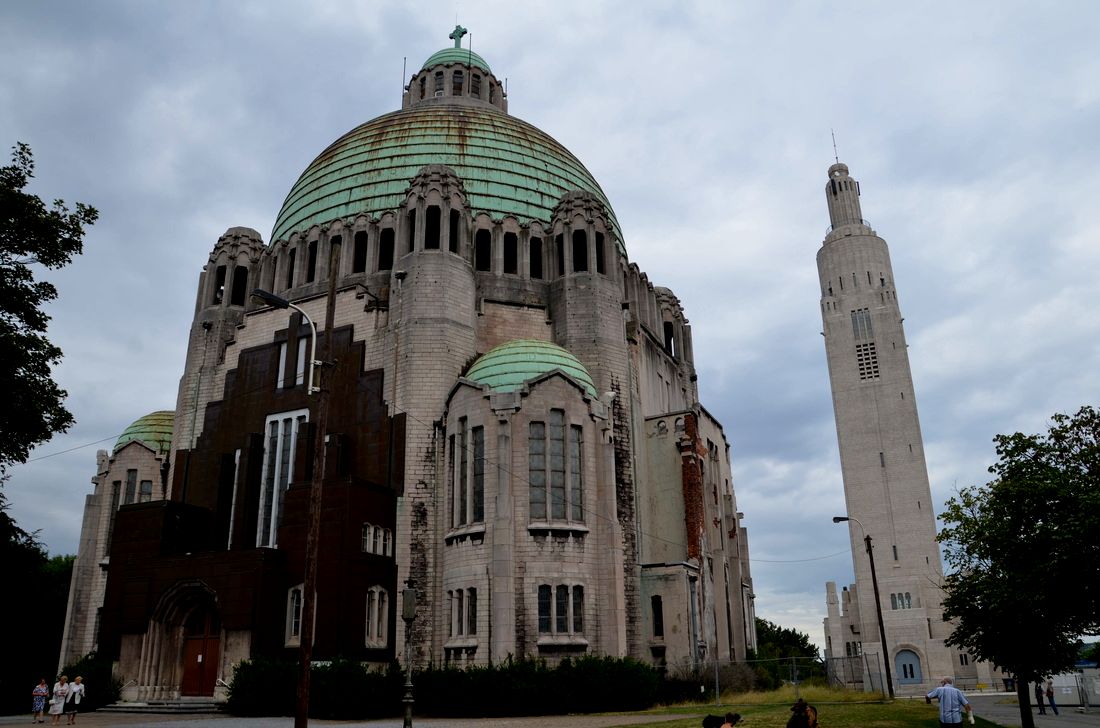Historic center of Liege
Liege Center is located around St. Lambert' Square in the place where, before the French Revolution, there was a cathedral dedicated to this Saint. Nowadays, its existence is only reminiscent of the steel poles delineating its outline. The area around the square is teeming with life. On the nearby Place du Marche there is a fountain that used to symbolize the bishop's justice and is now a symbol of Liege. There are many popular restaurants nearby. The building with a semicircular roof is a former church, nowadays converted into a museum. The beautiful town hall stands opposite. It's worth going inside because the interior is impressive. At St. Lambert' Square, you can also admire the magnificent Bishops' Palace and the underground Archeoforum.
In the 1950s and 1960s, the subject of monument protection in Liege was rather loose, which resulted in the destruction of many magnificent tenement houses and buildings. Fortunately, this process was finally stopped. Thanks to this, modern Liege also has a lot to offer to tourists. Beautiful museums, charming tenement houses or magnificent churches testify to the centuries-old history of this historic city. The attractions located a bit further from the very center are also worth paying attention to. Charming nooks in the vicinity of the collegiate church of St. Bartholomew, beautiful narrow streets, an oasis of relaxation from the city noise, 374 stairs that will take the breath of many people, or kilometers of paths on the hill, from which you can admire the wonderful panorama of the city. For fans of contemporary architecture, the wonderful Guillemins Station, designed by the world-famous architect Santiago Calatrava, will be a real treat.
Liege is also a city where we have quite a large Polish diaspora. They are the descendants of our countrymen who emigrated here from Poland before and after World War II. They cherish the memory of Poland to this day, meeting on August 15 for the Holy Mass on the occasion of the Assumption of the Blessed Virgin Mary and the Polish Army Day. Celebrations take place in the church on Cointe. Always after the Holy Mass, Polish diaspora places flowers at the monument dedicated to Polish soldiers who died on the fronts of World War II.
